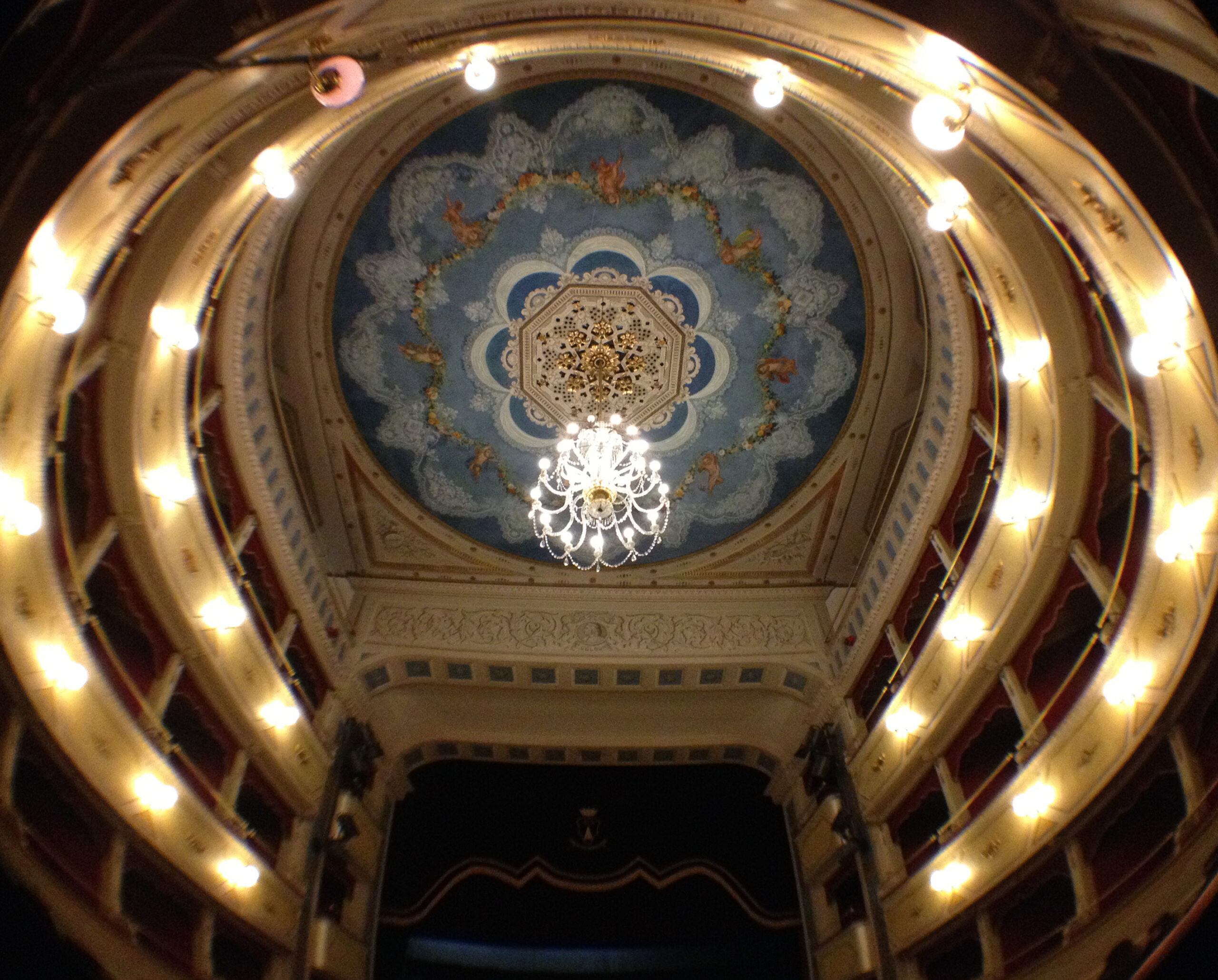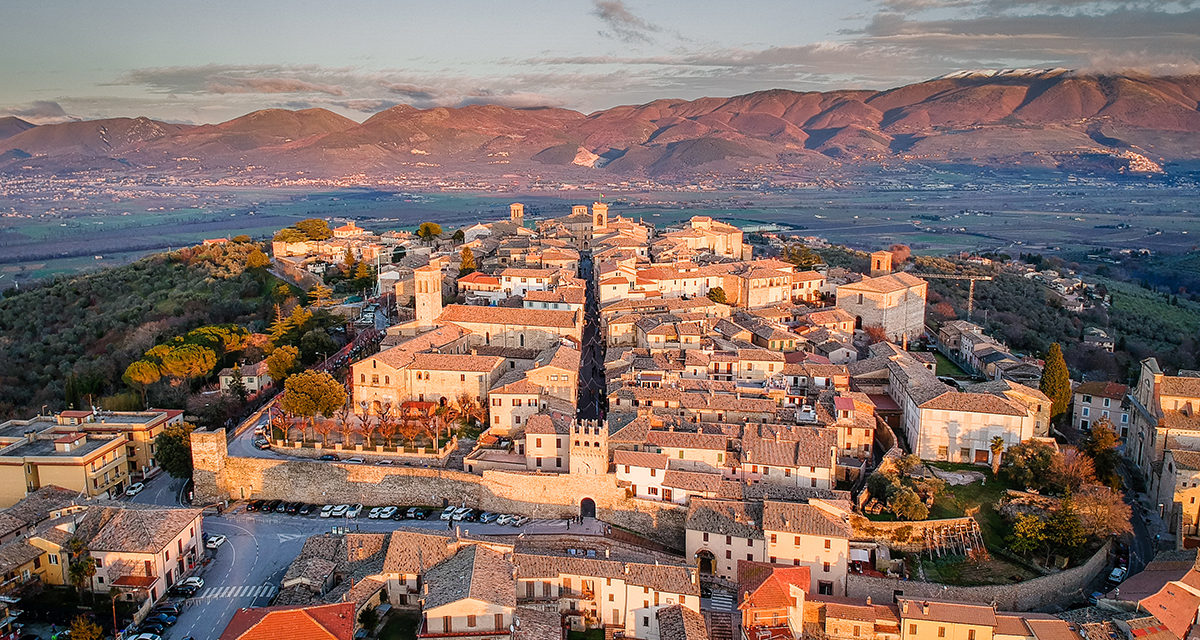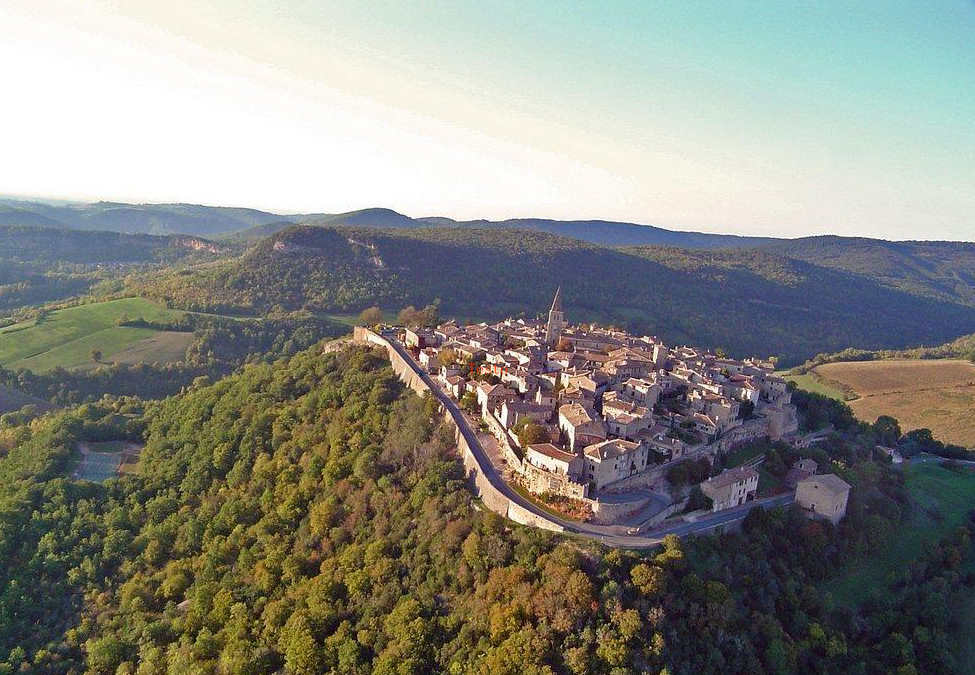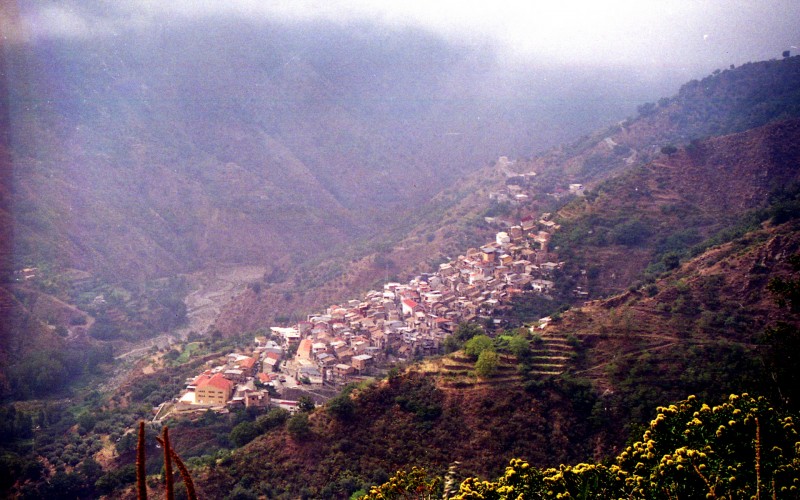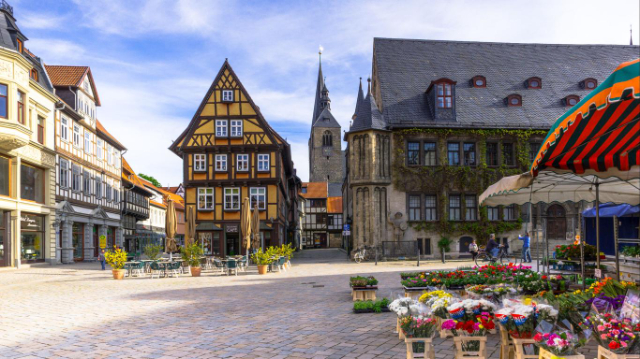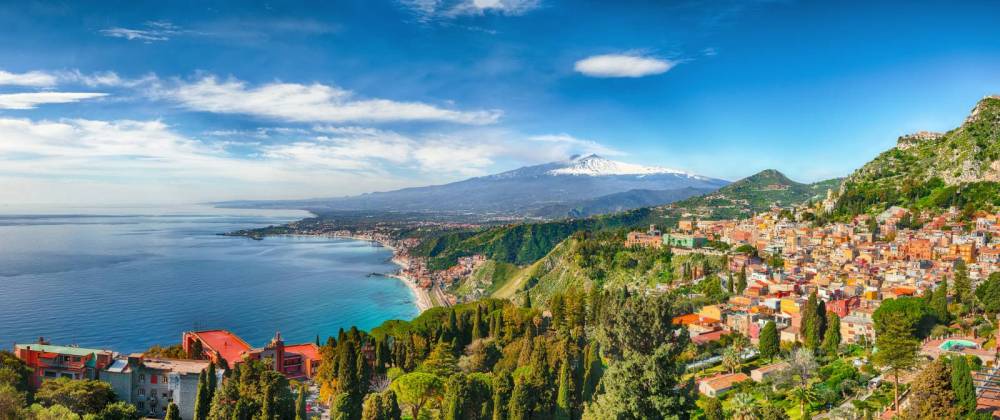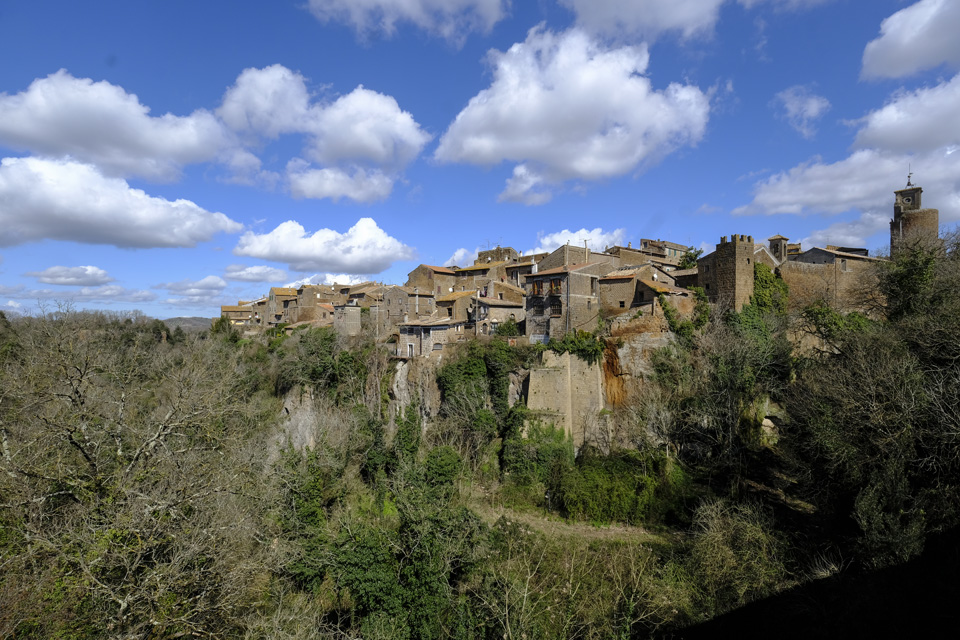There is a polenta well and there is a house that is not there. Here was born Maria Goretti, the child saint, and the historical center has remained in the Middle Ages. And then there are the legends, all hinging on the brilliant madness that seems to unite the locals. These are some of the reasons to come to Corinaldo, a village in the Marche region about twenty kilometers from the beaches of Senigallia, which has the original distinction of being the "city of the madmen". The appellation, in addition to the stories handed down through the centuries, is due to the more recent books by journalist-photographer Mario Carafoli, who recounts, with affection, the madness of the people of Corinaldo.
What to see. Some examples of local madness? The most famous story is that of the Pozzo della Polenta. In the fifteenth century the tyrant of the village – Antonello Accattabriga – had a well built right in the middle of the main street, the Via della Piaggia (it is still called this way), impassable with its 100 steps. A poor man, with a sack of flour on his shoulders, sat on the edge of the well to catch his breath, but the sack broke and the entire contents fell in. Legend or truth is not known, but it is said that the poor man went down into the well to take back the precious ingredient. Not seeing him go back up, the gossips of the country accused him of having remained down there to eat the polenta in secret, and so others descended into the chasm to participate in the banquet. The most famous feast of the village, La Contesa del pozzo della Polenta (The contest of the polenta pit) is dedicated to this event and takes place in 2013 from July 18 to 21. For four days, the village returns to the past, with dancing, tastings, costumed parades, and competitions among archers.
Advertisement
The other "masterpiece" of the madness of Corinthians is always in Via della Piaggia: halfway down the street stands the house of the Scuretto. This is the story: at the beginning of the twentieth century, the cobbler Gaetano, known as Scuretto, was much more fond of drinking in taverns than of working. So his son, decidedly more enterprising, left to seek his fortune in America. On the other side of the Ocean, the boy sent his father the money needed to build a house. But the dollars all ended up in the glass, instead of bricks and cement. The son, suspicious, asked his father for photographic documentation of the work done: Scuretto did not lose heart and in a flash built the facade of the house, with windows and house number, made the photo and sent it to America. The boy continued to send money, but the house remained so.
What to do. In Corinaldo, a village listed among the most beautiful in Italy, you can breathe sea air in an atmosphere of swashbuckling movies. The town is surrounded by fifteenth-century walls – which can also be visited from above – and preserves beautiful noble buildings. Among the alleys of the historical center, crossed by the staircase of Via della Piaggia, it’s worth taking a look at the Palazzo Comunale, in neoclassical style and with an airy loggia on Via del Corso, the Teatro Comunale Goldoni and the eighteenth-century former Convent of the Augustinians, converted into a hotel. For those who want to remember Maria Goretti, born in Corinaldo and martyred in 1902, there is the Sanctuary dedicated to her: in what was originally the monastery today there is the municipal library and the Museo Sala del Costume e delle Tradizioni Popolari.
What to eat. Besides sausages, porchetta (roast pig) and delicious tagliolini (noodles) with wheat and broad beans, excellent wines are produced here. Try the white Garofanata di Corinaldo, as well as the local reds such as Piceno.
(Taken from ilfatto.it)
